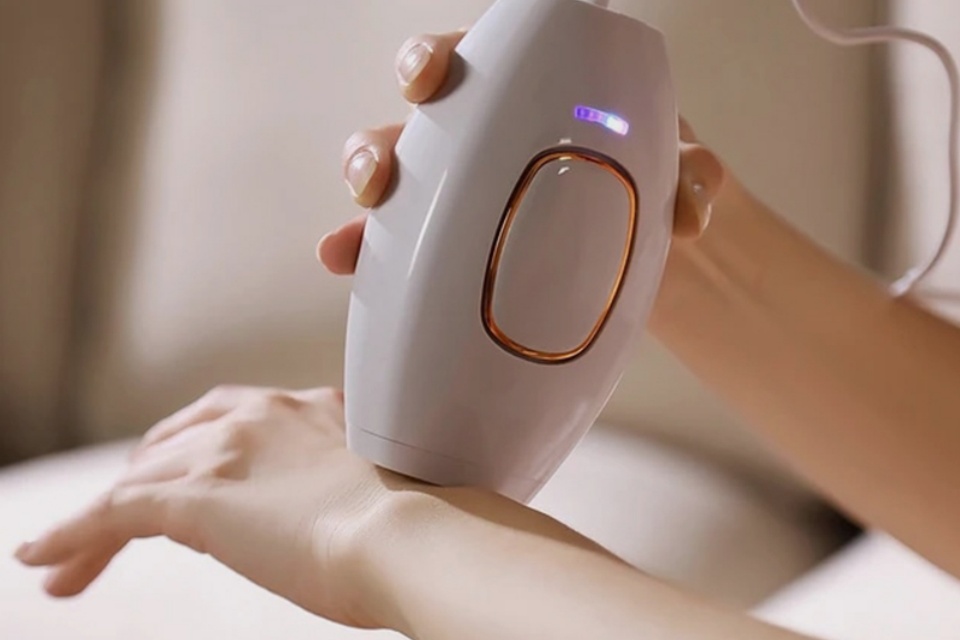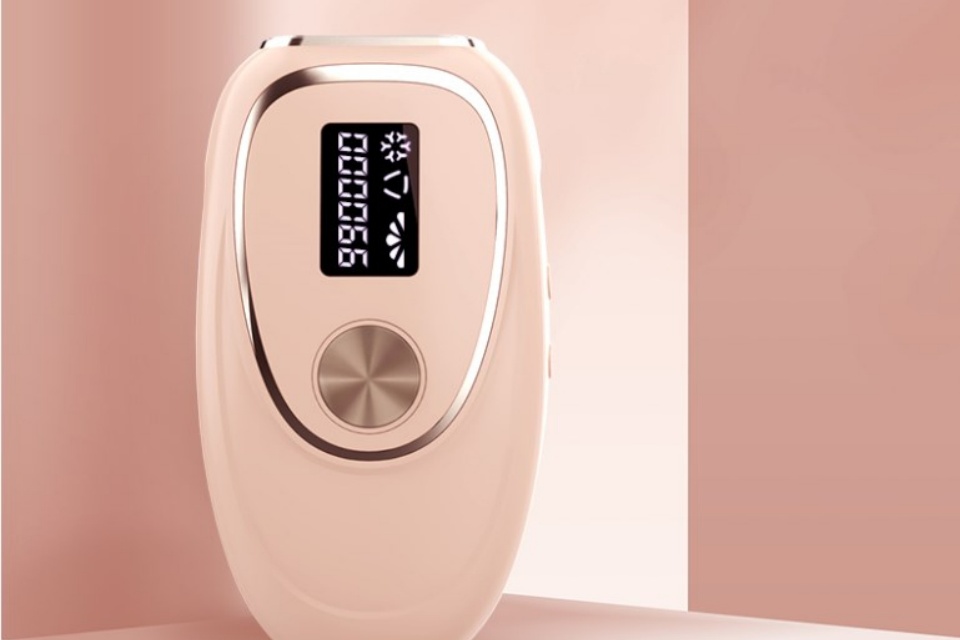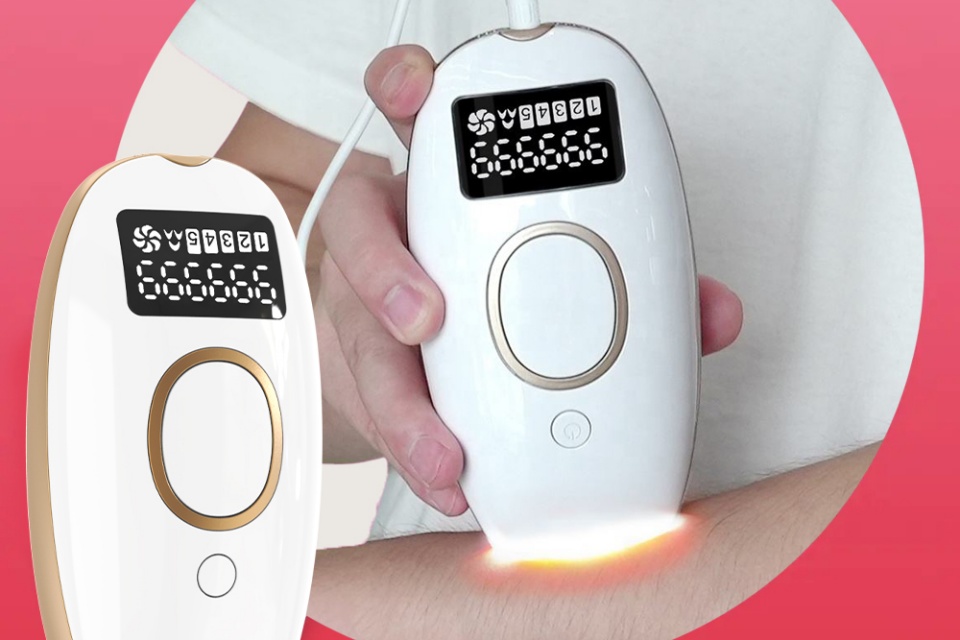Avoiding Burns: Pre & Post Care For Hair Removal
Summary
Avoiding Burns Pre and Post Care for Hair Removal encompasses essential practices designed to minimize skin irritation and enhance the safety of various hair removal methods. As hair removal is a widespread grooming practice that includes techniques such as shaving, waxing, and laser treatments, the significance of effective pre-care and post-care strategies cannot be overstated. These practices are critical for protecting skin health and ensuring optimal results, particularly for individuals with sensitive skin, who are more susceptible to irritation and adverse reactions.
Notably, improper hair removal techniques can lead to a range of complications, including chemical burns, razor burns, ingrown hairs, and skin irritation. Approximately 60% of men report experiencing some form of skin irritation after hair removal treatments, highlighting the need for vigilant post-care practices. With the increasing popularity of both temporary and permanent hair removal methods, understanding how to prepare the skin adequately and care for it afterward has become an integral part of the hair removal process. This is especially important in the context of laser and electrolysis treatments, which require specific care to avoid complications and ensure effectiveness.
Pre-care techniques such as skin cleansing, exfoliation, and hydration are crucial for minimizing risks associated with hair removal. These steps help prepare the skin and hair follicles, thereby enhancing the efficacy of the chosen hair removal method. Post-care recommendations, including the use of soothing products and avoiding heat exposure, are equally essential for calming the skin and reducing the likelihood of adverse effects.
Overall, the incorporation of proper pre and post hair removal care is vital for maintaining skin integrity, preventing burns, and achieving desirable results. Awareness and education on these practices not only contribute to the effectiveness of hair removal methods but also play a significant role in safeguarding skin health against potential irritations and complications.
Types of Hair Removal
Hair removal methods vary widely, each with its own set of techniques, advantages, and considerations regarding skin safety and irritation prevention.
Shaving
Shaving is one of the most common methods of hair removal. It is typically easy and convenient, but for individuals with sensitive skin, it can lead to irritation or adverse reactions if not done carefully. To minimize side effects, it is crucial to use a razor equipped with a moisturizing agent and to apply a suitable shaving cream. Products containing irritating ingredients or alcohol should be avoided, as they can exacerbate skin issues. Furthermore, hairs should be removed in the opposite direction of their growth to ease the process and prolong the time before regrowth occurs.
Electrolysis
Electrolysis is the only FDA-approved method for permanent hair removal. This technique employs an electric current to disable hair follicles, making it suitable for all skin and hair colors. However, electrolysis can be somewhat painful, and its effectiveness can depend on the skill of the electrologist and the mode of treatment used. To enhance comfort, a topical anesthetic like Emla may be recommended. Care must also be taken pre-treatment, such as avoiding tanning and plucking to ensure optimal results.
Laser and Intense Pulsed Light (IPL) Hair Removal
Laser and IPL hair removal utilize pulsed light to target and disable hair follicles, creating a sensation of heat against the skin. These methods can be effective, but they also require multiple sessions for optimal results and may necessitate maintenance treatments thereafter. Proper assessment of the client’s skin type, hair color, and previous hair removal methods is vital for a safe and effective treatment plan.
Depilatories
Chemical depilatories are another option for hair removal. They work by dissolving hair at the skin's surface, but they are often associated with risks like redness, peeling, or even burns. Dermatologists suggest using depilatories formulated for specific body areas and adhering to application instructions to minimize irritation. Products containing hydrating ingredients such as aloe can help mitigate potential skin reactions.
Coil Hair Removers
Coil hair removers, resembling small slinkies, offer a manual hair removal method without the use of chemicals. While they are primarily designed for facial hair removal, they are not suitable for use on eyebrows and should be handled with care to prevent skin irritation.
Each hair removal method carries its own risks and benefits. Therefore, careful consideration and selection based on skin sensitivity and hair type are essential for achieving effective results while minimizing the risk of burns or irritation.
Risks of Hair Removal
Hair removal, while beneficial for aesthetic and personal hygiene purposes, carries certain risks that can lead to skin irritation and other adverse effects. Approximately 60% of men report experiencing some form of skin irritation following hair removal treatments, emphasizing the need for proper post-care practices to minimize discomfort and protect skin health.
Common Risks Associated with Hair Removal
Skin Irritation
Skin irritation is one of the most prevalent issues following hair removal. This can manifest as redness, bumps, or a burning sensation, particularly after using methods such as shaving, waxing, or laser treatments. For example, laser hair removal can lead to temporary side effects such as skin irritation and pigmentation changes, which are often mild but can be bothersome.
Ingrown Hairs
Ingrown hairs occur when hair follicles become blocked, causing hair to grow back into the skin. This can lead to inflammation, discomfort, and even infection. Exfoliation is recommended to prevent ingrown hairs, but it should be performed with care to avoid further irritation.
Razor Burns and Bumps
Razor burn is a common condition caused by shaving, resulting in skin irritation, while razor bumps arise from ingrown hairs due to improper shaving techniques. To minimize these risks, it is advised to use sharp, appropriate razors and shave in the direction of hair growth.
Chemical Burns and Reactions
Using depilatory creams or harsh waxing techniques can lead to chemical burns or skin reactions. It is important to select products that are gentle and specifically formulated for sensitive skin, as many common hair removal products contain irritating substances that can exacerbate skin issues.
Preventive Measures
To mitigate the risks associated with hair removal, individuals should consider the following precautions:
- Choose gentle hair removal products suitable for sensitive skin, avoiding those with alcohol or harsh chemicals.
- Employ proper techniques, such as shaving in the direction of hair growth and using moisturizing shaving gels instead of plain soap.
- Maintain regular exfoliation to prevent ingrown hairs while avoiding over-exfoliation which may irritate the skin.
- After hair removal, utilize soothing, fragrance-free moisturizers and cool compresses to reduce redness and irritation.
By adhering to these recommendations, individuals can enjoy the benefits of hair removal while minimizing the associated risks and maintaining healthy skin.
Pre-Care for Hair Removal
Proper preparation before hair removal is essential to minimize skin irritation and achieve optimal results. The following steps outline effective pre-care strategies to ensure a smooth and safe hair removal process.
Skin Cleansing
Before any hair removal treatment, it is important to cleanse the skin thoroughly. This can involve using a gentle cleanser to remove dirt, oil, and impurities that may interfere with the hair removal process. Cleansing helps to ensure that the hair removal products can work effectively and reduces the risk of post-treatment complications.
Exfoliation
Exfoliating the skin a few days prior to hair removal is recommended to help prevent ingrown hairs and promote smoother results. This process aids in removing dead skin cells and encourages skin regeneration, thereby minimizing the likelihood of irritation during hair removal. Using an appropriate exfoliating scrub can enhance the skin's texture and prepare it for the procedure.
Hydration
Keeping the skin well-hydrated before hair removal is crucial. Hydration can soften the hair follicles and make the removal process easier. It is advisable to apply a hydrating lotion or gel, particularly those with natural ingredients like aloe vera, which can help soothe the skin and prepare it for treatment. Additionally, drinking adequate water can support overall skin health.
Warm Compress
Applying a warm compress to the area before hair removal can help open up the pores and soften the hair, making it easier to remove. This technique can also provide a comforting sensation and further reduce the chances of skin irritation.
Choosing the Right Products
Selecting the appropriate hair removal products is key to preventing burns and irritation. It's essential to choose gentle, alcohol-free formulations that are suitable for your skin type. This careful selection can minimize adverse reactions and enhance the efficacy of the hair removal process.
Post-Care for Hair Removal
Post-care following hair removal is crucial for maintaining skin health and minimizing irritation. Various hair removal methods, such as waxing, laser treatment, and sugaring, require specific aftercare practices to soothe the skin and prevent adverse effects like burns, rashes, and infections.
General Aftercare Guidelines
Regardless of the hair removal technique used, the following general aftercare tips can help ensure optimal recovery:
- Soothing Products: Applying soothing products like aloe vera gel or fragrance-free moisturizers can significantly alleviate post-treatment discomfort and redness. These products help calm sensitive skin and prevent inflammation.
- Avoid Hot Water: After hair removal, it is advisable to avoid hot showers, baths, or saunas for at least 24 hours. Lukewarm water is preferable, as it reduces the risk of irritation.
- Loose-Fitting Clothing: Wearing loose-fitting clothing can minimize friction on the treated areas, thus reducing the likelihood of irritation and discomfort.
- Hydration: Maintaining hydration is essential for skin health. Applying a hydrating moisturizer can replenish lost moisture, while adequate water intake supports overall skin elasticity and health.
Specific Aftercare for Different Hair Removal Methods
Waxing
After waxing, the skin can remain sensitive for approximately 24 to 36 hours.
- Apply a post-depilatory soothing gel to reduce inflammation.
- Avoid activities that may cause sweating or heat, such as exercising or sunbathing, to prevent irritation and potential rashes.
Laser Hair Removal
For laser hair removal, follow these specific guidelines:
- Use cooling gels or aloe vera to calm the treated skin.
- Avoid sun exposure and apply a high-SPF sunscreen on treated areas to protect the skin from UV rays.
- Follow any specific instructions provided by the laser technician, including recommendations on skincare products to avoid irritants like retinoids or acids for a few days.
Sugaring
Post-sugaring care includes:
- Refraining from hot showers for the first 24 hours to prevent irritation.
- Keeping the skin hydrated and nourished to maintain its health and appearance after the treatment.
Importance of Tailored Post-Care
Consulting with a skincare professional or provider before undergoing hair removal can help identify any skin sensitivities or conditions. This personalized approach ensures that aftercare recommendations are tailored to the individual's needs, which is essential for preventing complications such as burns and rashes. Following these post-care guidelines can significantly enhance the results of hair removal treatments and contribute to smoother, healthier skin.
Special Considerations
Client Assessment and Education
Before undergoing laser hair removal, it is essential for practitioners to conduct a thorough assessment of the client's skin type, hair color, hair thickness, and location of the hair. Additionally, medical history factors such as ovarian or thyroid disease, diabetes, past treatments with isotretinoin, and history of abnormal scarring should be considered. It is also important to identify any tattoos or moles in the treatment area, as these can affect treatment safety and effectiveness.
Practitioners must educate clients about the importance of adhering to a complete treatment plan, which includes attending all scheduled sessions and following pre- and post-care instructions diligently. Skipping or delaying sessions can lead to inconsistent outcomes, increasing the risk of side effects such as burns or infections.
Sensitivity and Patch Testing
Individuals with sensitive skin may experience excessive redness or swelling during treatment. Therefore, conducting a patch test prior to the full procedure is crucial for determining how the skin reacts to the laser. This step helps tailor the treatment settings to minimize risks and ensure safety.
Clients should be advised to disclose any skin sensitivities and current medications, particularly those that may cause photosensitivity, such as certain antibiotics or hormonal therapies, to prevent complications during the treatment process.
Pre-Treatment Care
To minimize risks, clients should avoid sun exposure and use sunscreen as directed before treatment. The application of soothing gels or creams can help protect the skin during the procedure, and practitioners may apply a cooling gel to enhance comfort and reduce the likelihood of adverse reactions.
It is also advisable to refrain from using hair removal methods such as waxing immediately before treatment, as these can irritate the skin and complicate the laser procedure.
Post-Treatment Care
After laser hair removal, clients should follow specific aftercare instructions to promote healing and prevent complications. This includes avoiding touching, scratching, or exfoliating the treated area to allow the skin to recover effectively. Using calming post-care products made for sensitive skin, such as light gels or aloe-based mists, can help soothe the treated area and enhance recovery.
If clients notice any unusual reactions post-treatment, such as excessive pain, blistering, or signs of infection, they should consult their healthcare provider immediately to address potential complications.
By adhering to these special considerations, clients can significantly enhance their treatment outcomes while minimizing the risk of burns and other adverse effects.
 English
English Español
Español Português
Português Pусский
Pусский Français
Français Deutsch
Deutsch 日本語
日本語 한국어
한국어 Italiano
Italiano عربى
عربى


